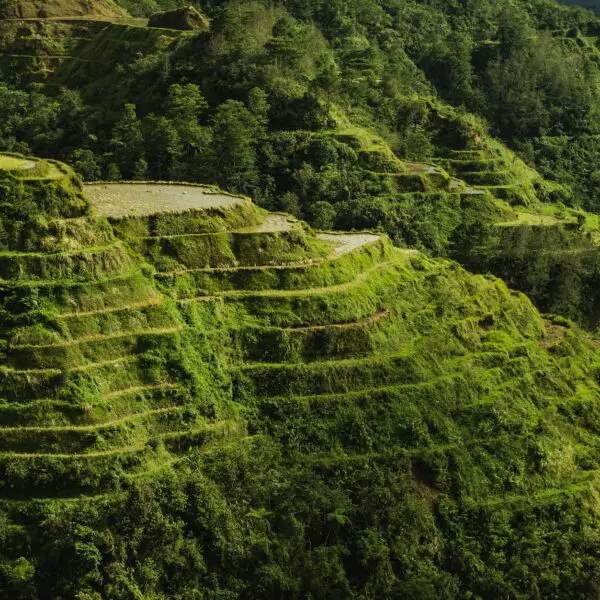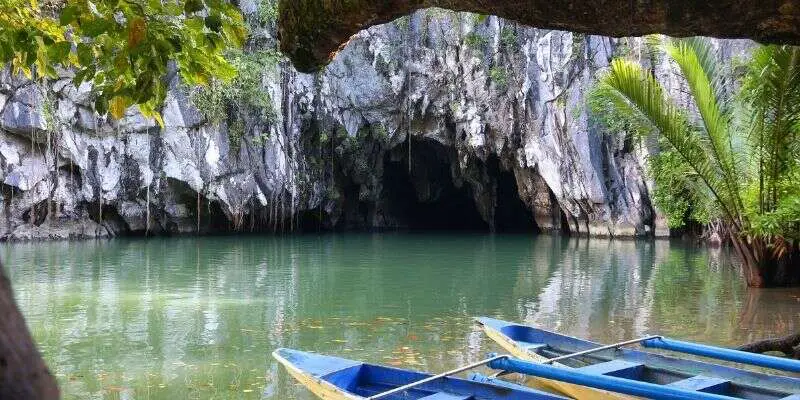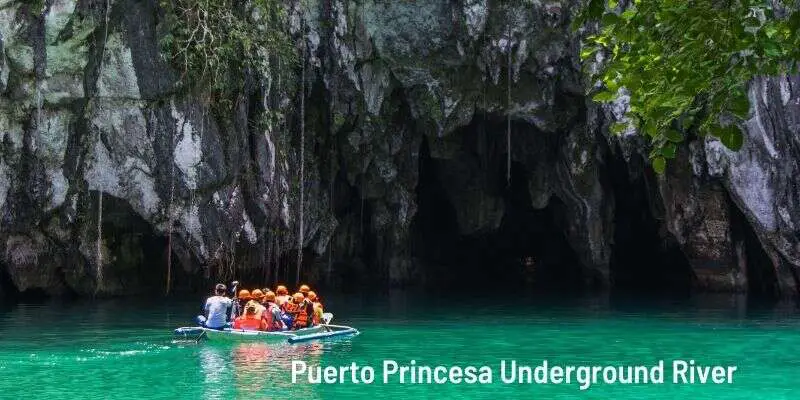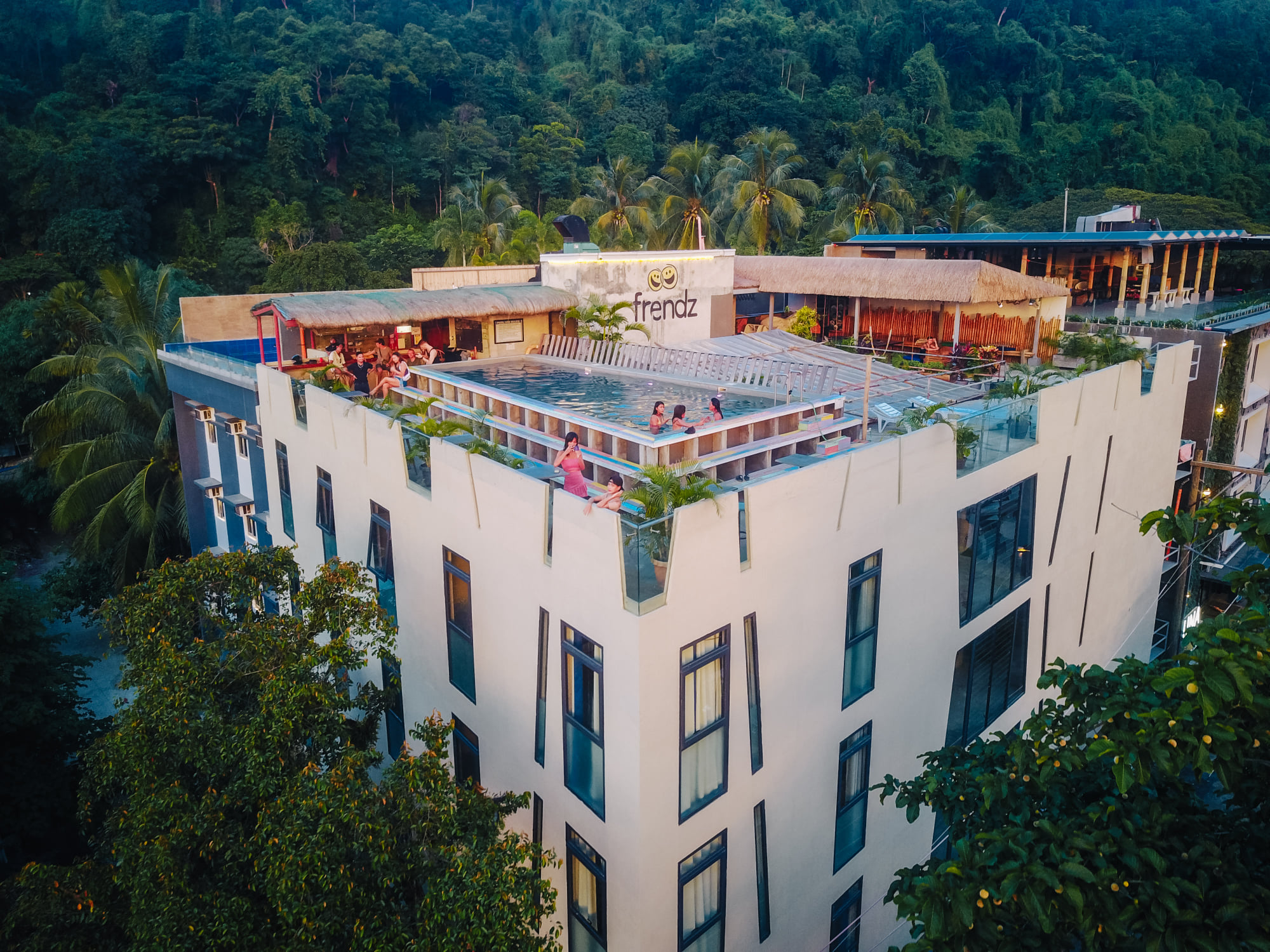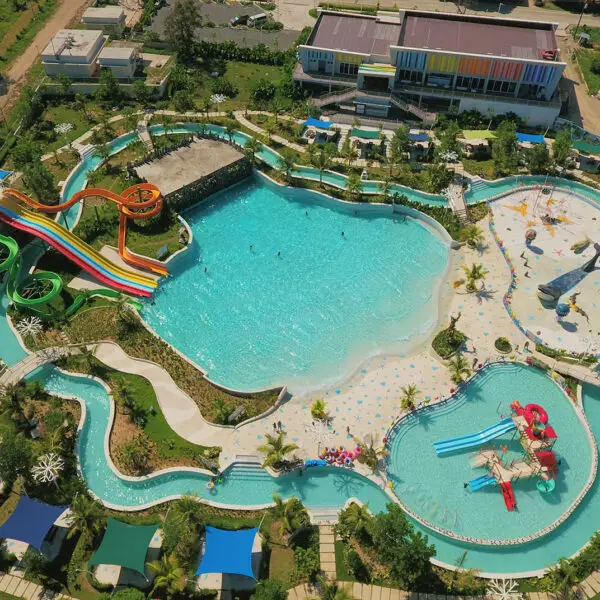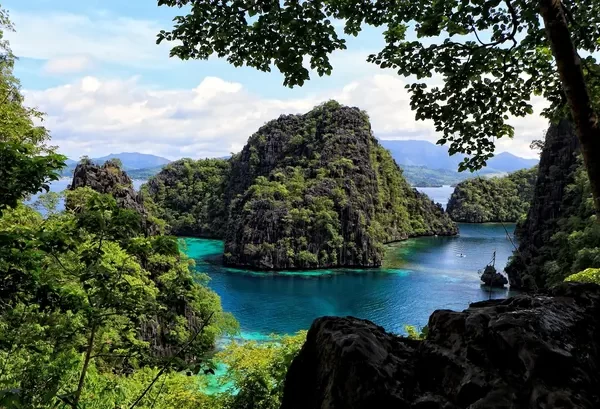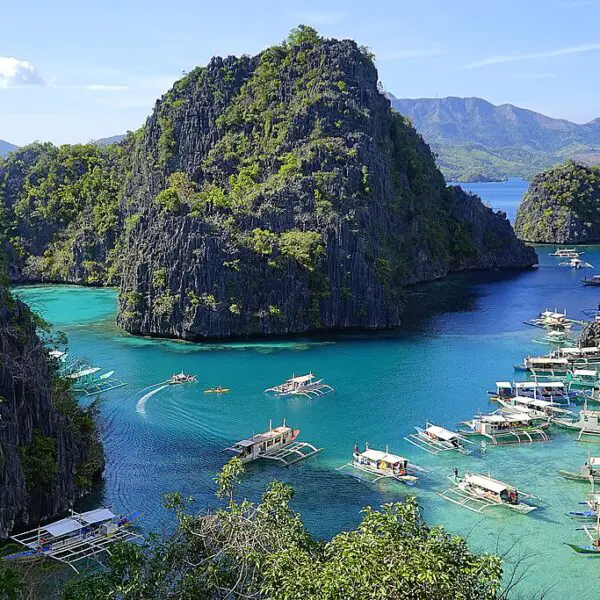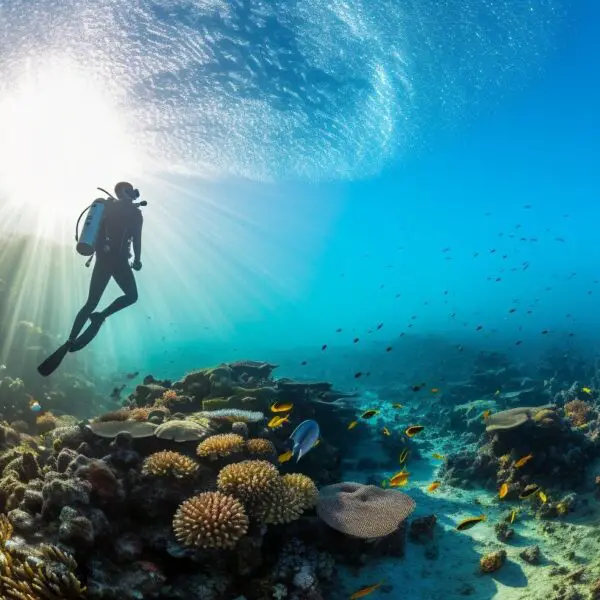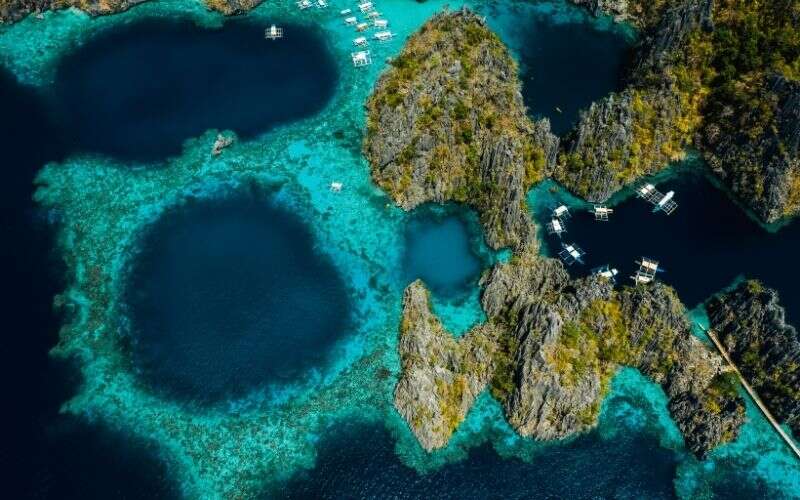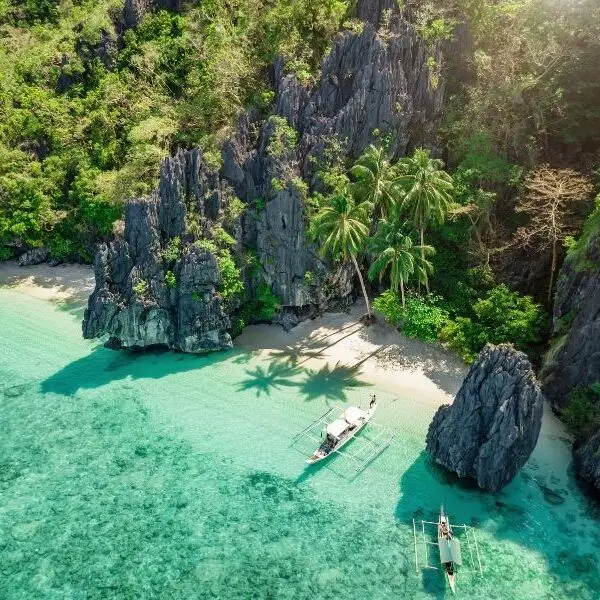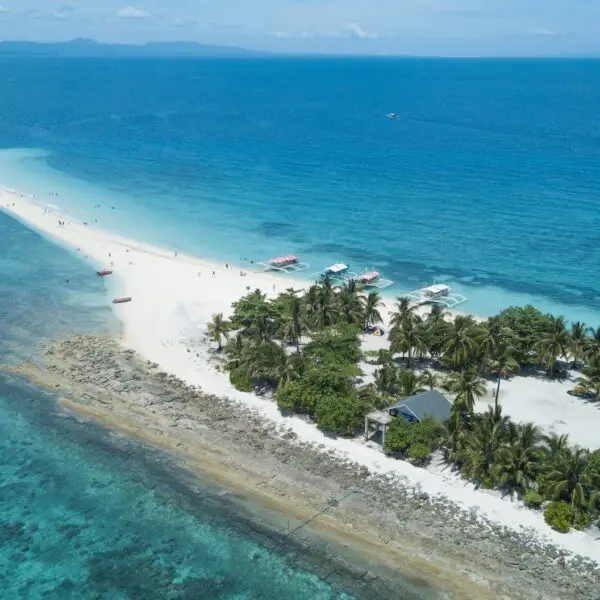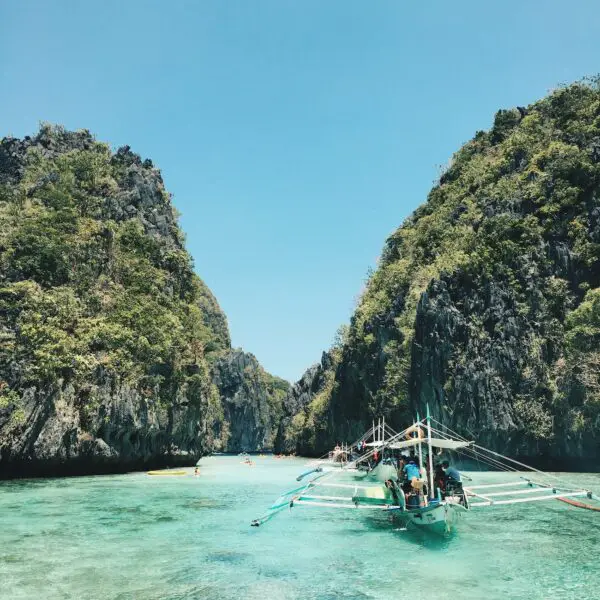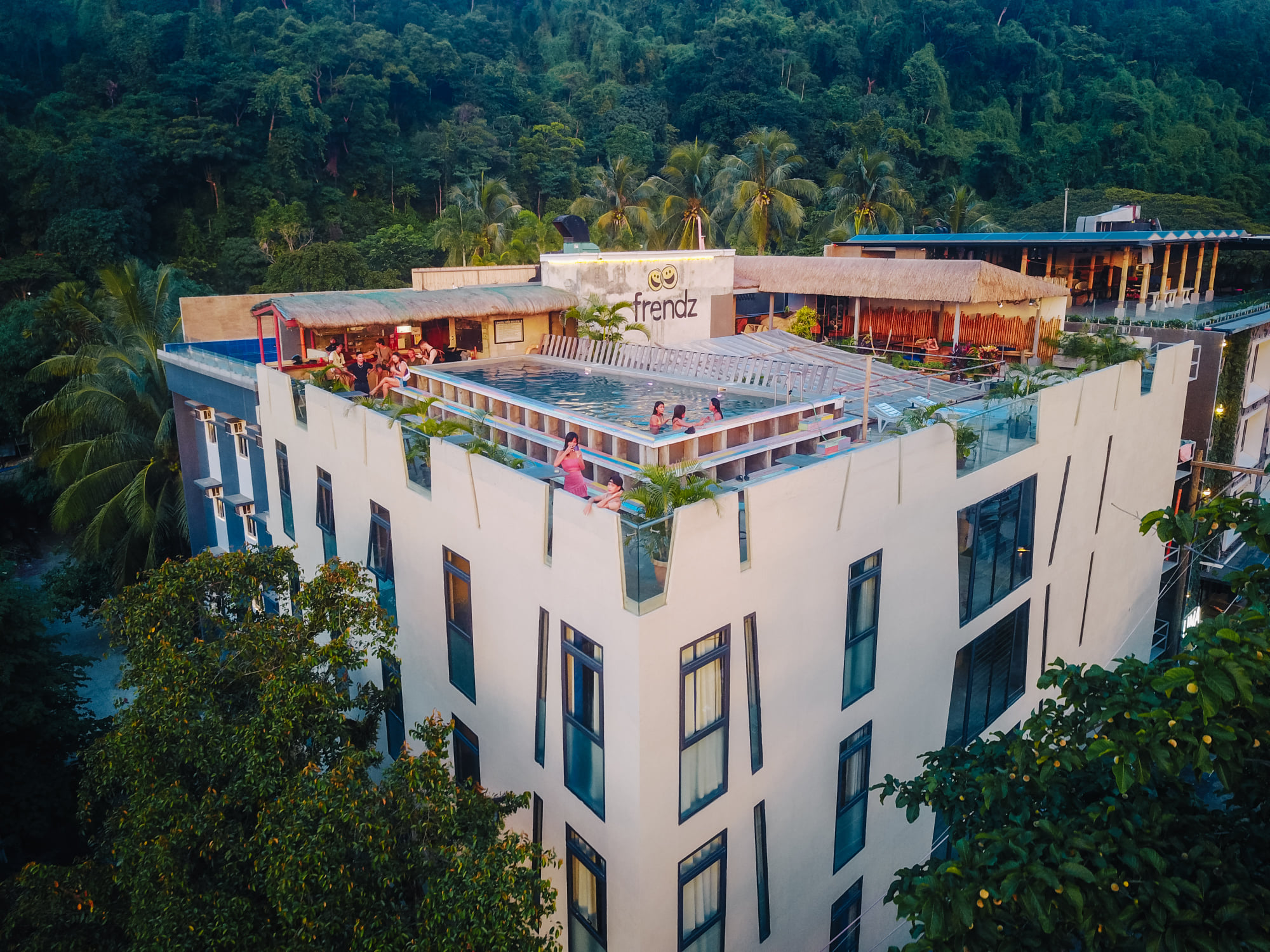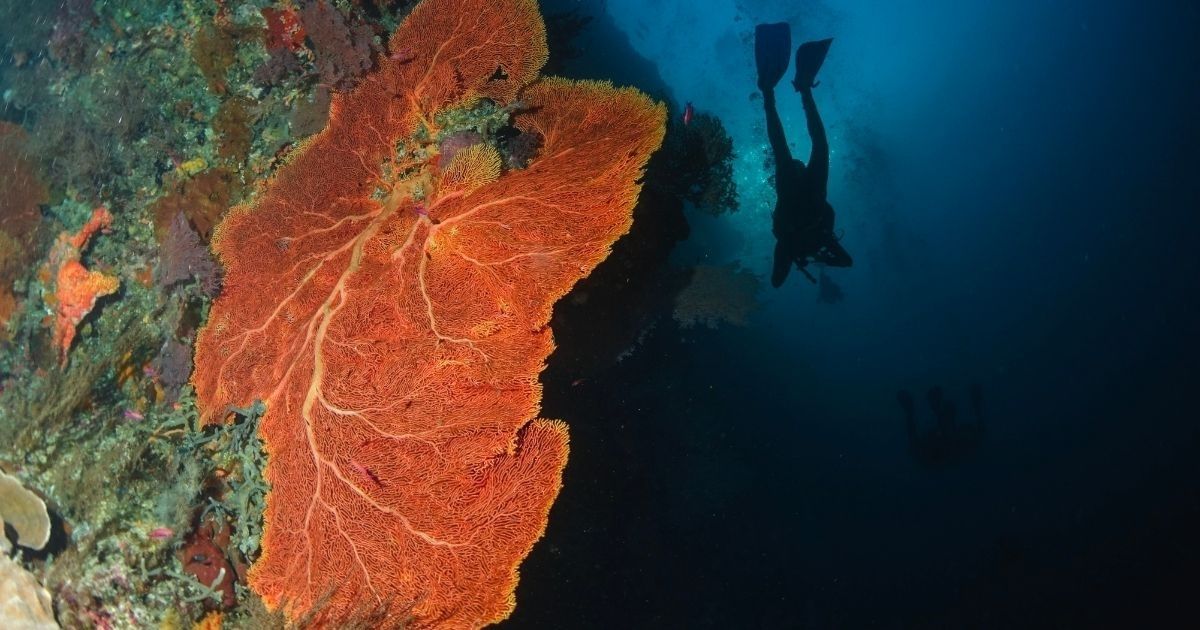The Banaue Rice Terraces in the Philippines are a magnificent testament to human ingenuity and a true marvel of Philippine heritage. Located in the northern part of Luzon, these terraces are not only a National Cultural Treasure but also recognized as the 8th Natural Wonder of the World. Carved into the mountains over 2,000 years ago by the ancestors of the present-day Filipinos, these terraces showcase the rich history and cultural significance of the region.
Key Takeaways:
- The Banaue Rice Terraces is a National Cultural Treasure and the 8th Natural Wonder of the World.
- They were carved into the mountains over 2,000 years ago by the ancestors of the present-day Filipinos.
- The terraces are irrigated by water from catchment areas in the rainforests above them.
- Visiting Banaue is best during the months of April to May and October to November when the terraces are at their greenest.
- You can reach Banaue by bus from Manila, Baguio, or Sagada.
Location and Cultural Significance of the Banaue Rice Terraces
Situated in the northern part of Luzon, Philippines, the Banaue Rice Terraces hold immense cultural significance as a National Cultural Treasure and have earned the distinction of being one of the 8th Natural Wonders of the World. These terraces are a testament to the ingenuity and resourcefulness of the ancestors of the present-day Filipinos. Carved into the mountains over 2,000 years ago, these terraces showcase not only their agricultural prowess but also their deep connection to the land and nature.
The Banaue Rice Terraces are not only a breathtaking sight to behold, but they also represent the sustainable agricultural practices of the Ifugao people, who have been tending to these terraces for generations. These terraces are irrigated by a sophisticated water system that channels water from catchment areas in the rainforests above them. The preservation of these terraces not only ensures the livelihood of the Ifugao people but also serves as a testament to their cultural identity and heritage.
Visiting the Banaue Rice Terraces provides an opportunity to immerse oneself in the rich cultural tapestry of the Ifugao people. Beyond the terraces themselves, visitors can explore the nearby Tam-An Village and experience the warm hospitality of the locals while learning about their traditions and way of life. The terraces also serve as a gateway to other natural wonders in the area, such as the majestic Tappiyah and Chappah Falls, where visitors can enjoy a refreshing dip amidst the stunning natural surroundings.
Cultural Heritage and Preservation
The Ifugao people have long recognized the importance of preserving their cultural heritage and have taken steps to ensure the continued sustainability of the Banaue Rice Terraces. Efforts have been made to educate younger generations about the terraces’ significance, and initiatives are in place to protect the terraces from modern threats such as urbanization and climate change. The Ifugao communities, in collaboration with various organizations and government agencies, have implemented programs to promote responsible tourism and maintain the integrity of this World Heritage Site.
| Location | Cultural Significance | Natural Wonder Status |
|---|---|---|
| Located in the northern part of Luzon, Philippines | National Cultural Treasure | Dubbed as the 8th Natural Wonder of the World |
History and Creation of the Banaue Rice Terraces
The Banaue Rice Terraces were ingeniously carved into the mountains over 2,000 years ago by the ancestors of the present-day Filipinos, showcasing their remarkable farming prowess. These terraces, often referred to as the “Eighth Wonder of the World,” are not only a breathtaking sight to behold but also a testament to the ancient civilizations that once thrived in the region.
Carved out of the rugged mountainside, the Banaue Rice Terraces are an engineering marvel. The Ifugao people, with their deep knowledge of the land, carefully constructed these terraces to harness water from the rainforests above, creating a sustainable irrigation system that has sustained the terraces for centuries. This intricate system allows water to flow from the catchment areas down to each of the terraces, ensuring that the rice crops receive the necessary nourishment.
These terraces are not just a product of human ingenuity; they also represent a deep spiritual connection between the land and the people. The Ifugao believed that their ancestors provided them with the knowledge to carve the terraces and that the spirits residing in the mountains blessed their efforts. The collective efforts of the Ifugao communities, generation after generation, have preserved and maintained these terraces, keeping their cultural heritage alive for centuries.
| Fact | Detail |
|---|---|
| Location | Northern part of Luzon, Philippines |
| Age | Over 2,000 years old |
| Significance | National Cultural Treasure, 8th Natural Wonder of the World |
| Creation | By the ancestors of present-day Filipinos |
| Irrigation | Water from catchment areas in the rainforests above |
Visiting the Banaue Rice Terraces is not just a journey to witness the awe-inspiring landscape but also an opportunity to learn about the Ifugao culture and their remarkable agricultural heritage. As you explore these ancient terraces, you’ll be captivated by the intricate details and the sheer magnitude of the human effort that went into creating this masterpiece.
Irrigation System and Sustainability of the Terraces
The Banaue Rice Terraces thrive through an intricate irrigation system that utilizes water from catchment areas in the rainforests, ensuring their sustainability. The ancestors of the present-day Filipinos ingeniously carved these terraces into the mountains over 2,000 years ago, harnessing the natural flow of water from the rainforests above. This remarkable engineering feat has allowed the terraces to flourish as a living testament to the ingenuity and resourcefulness of the Ifugao people.
The catchment areas in the rainforests serve as the primary water source for the terraces. The abundant rainfall in the region is channeled through an extensive network of canals and aqueducts, carefully constructed to distribute water evenly across the terraces. This system ensures that each rice field receives the necessary amount of water for optimal growth, promoting a sustainable agricultural practice that has been passed down through generations.
By utilizing the water from the rainforests above, the Banaue Rice Terraces also contribute to the preservation of the surrounding ecosystem. The catchment areas act as reservoirs, capturing and filtering the rainwater before it flows into the terraces. This not only benefits the rice fields but also helps maintain the delicate balance of the rainforest environment, supporting a rich diversity of flora and fauna.
Importance of Sustainability
The sustainable irrigation system employed by the Banaue Rice Terraces is crucial for their survival and continued cultural significance. With increasing environmental challenges and the effects of climate change, preserving this ancient practice is of utmost importance. Sustainable agriculture not only ensures the longevity of the terraces but also contributes to the local economy and the well-being of the Ifugao community.
| Benefits of the Irrigation System | Efficient use of water resources | Promotes agricultural sustainability |
|---|---|---|
| Preserves the natural flow of water | Reduces water wastage | Maintains the fertility of the soil |
| Supports biodiversity in the rainforest | Minimizes environmental impact | Preserves traditional farming practices |
The Banaue Rice Terraces stand as a testament to the harmonious coexistence between humans and nature. The ancient irrigation system not only sustains the terraces but also preserves the cultural heritage and identity of the Ifugao people. By visiting these majestic terraces, travelers not only witness breathtaking views but also support the preservation of this remarkable agricultural marvel and contribute to the livelihood of the local communities.
Best Time to Visit and How to Get There
For the most vibrant views, plan your visit to the Banaue Rice Terraces between April and May or October and November. These months coincide with the terraces being at their greenest, creating a breathtaking landscape that will leave you in awe. To make your journey to this stunning destination convenient, you can easily access Banaue by bus from Manila, Baguio, or Sagada.
Manila, the bustling capital of the Philippines, offers multiple bus routes and P2P bus services to Banaue. The journey takes approximately nine hours, providing you with ample time to soak in the scenic countryside along the way. If you find yourself in Baguio, a popular mountain resort city, you can hop on a bus that will take you to Banaue in around seven hours. Sagada, known for its stunning caves and hanging coffins, also serves as a gateway to Banaue, with a bus ride lasting approximately three hours.
Once you arrive in Banaue, you will be greeted by a range of accommodations to suit your preferences. Whether you choose to stay in town or venture to the more secluded Batad, you will be surrounded by the natural beauty of the area and have easy access to the iconic terraces. Batad offers a unique experience, with its picturesque amphitheater-like rice terraces and traditional Ifugao village.
In addition to exploring the terraces themselves, there are plenty of other activities to enrich your Banaue experience. Immerse yourself in the local Ifugao culture by visiting Tam-An Village, where you can interact with the locals and learn about their customs and traditions. Don’t miss the opportunity to go on a hike to Tappiyah and Chappah Falls, where you can witness the magnificence of these cascading waterfalls amidst the lush surroundings. For those interested in art and history, a visit to the Cordillera Sculpture Museum is a must, showcasing the rich heritage of the region through various artworks.
As a popular attraction for tourists, the Banaue Rice Terraces never fail to captivate visitors with their awe-inspiring beauty. Whether you are an adventure seeker, a nature lover, or a cultural enthusiast, a trip to the Banaue Rice Terraces will undoubtedly leave you with unforgettable memories and a profound appreciation for this UNESCO World Heritage Site.
Accommodations and Unique Experiences in Banaue
Banaue offers a range of accommodations, with Batad providing a more secluded escape, allowing visitors to immerse themselves in the Ifugao culture at Tam-An Village, explore the enchanting Tappiyah and Chappah Falls, and discover the artistic wonders of the Cordillera Sculpture Museum.
When visiting Banaue, staying in Batad is a must for those seeking a secluded and immersive experience. Batad is a small village nestled within the lush greenery of the terraces, offering breathtaking views and a chance to disconnect from the hustle and bustle of modern life. Here, visitors can choose from a variety of accommodations, ranging from cozy guesthouses to traditional homestays. The village also offers unique opportunities to engage with the Ifugao culture, with Tam-An Village serving as a cultural hub where visitors can witness traditional dances, listen to ancient folktales, and even join in on traditional rituals.
Aside from the cultural experiences offered in Batad, nature lovers will be enthralled by the beauty of Tappiyah and Chappah Falls. These stunning waterfalls are located just a short hike away from Batad, and the journey itself is an adventure worth undertaking. As you make your way through the terraces and navigate the winding paths, the sound of rushing water will guide you to these hidden gems. Take a refreshing dip in the natural pools or simply marvel at the cascading water as it creates a mesmerizing spectacle against the backdrop of the terraces.
For those with an appreciation for art and history, a visit to the Cordillera Sculpture Museum in Banaue is a must. This unique museum showcases a collection of intricate and masterfully crafted sculptures created by local artists. Each sculpture tells a story and provides insight into the rich cultural heritage of the Ifugao people. It’s a chance to appreciate the artistry and craftsmanship that has been passed down through generations and a reminder of the deep connection between the people and the land that shaped their lives.
| Accommodation | Amenities |
|---|---|
| Banaue Homestay | Scenic views, comfortable rooms |
| Banaue Sunrise Guest House | Authentic cultural experience, home-cooked meals |
Visitor Experience and Popular Attractions
The Banaue Rice Terraces offer an unforgettable experience for visitors, attracting tourists from all over the world with their awe-inspiring beauty and breathtaking views. As you explore these magnificent terraces, you’ll be captivated by the sheer grandeur of the landscape and the intricate craftsmanship that went into their creation over 2,000 years ago.
One of the best ways to appreciate the splendor of the Banaue Rice Terraces is by taking a leisurely stroll along the pathways that wind through the terraced fields. As you walk, you’ll be treated to panoramic views of the emerald-green rice paddies stretching out into the distance, seemingly defying gravity as they cascade down the mountainside. It’s a truly mesmerizing sight that will leave you in awe of the ingenuity and skill of the ancient Ifugao people who built them.
For a more immersive experience, consider joining a guided tour that will take you deeper into the heart of the terraces. Expert local guides will share their knowledge of the terraces’ history, culture, and sustainable farming practices. You’ll have the opportunity to meet the Ifugao farmers who still tend to the terraces today and learn about their way of life.
Aside from the terraces themselves, there are other attractions in and around Banaue that are worth exploring. Don’t miss the chance to visit the nearby Tappiyah and Chappah Falls, where you can take a refreshing dip in the crystal-clear waters surrounded by lush greenery. And if you have a penchant for art, make sure to visit the Cordillera Sculpture Museum, which showcases traditional and contemporary sculptures crafted by talented local artists.
| Visitor Experience Highlights | Popular Attractions |
|---|---|
| Stunning panoramic views of the terraces | Tappiyah and Chappah Falls |
| Guided tours with knowledgeable local guides | Cordillera Sculpture Museum |
| Interaction with Ifugao farmers |
Visiting the Banaue Rice Terraces is an adventure that will leave a lasting impression on your heart and soul. Soak in the breathtaking views, immerse yourself in the local culture, and witness the timeless beauty of one of the world’s most remarkable wonders.
Conclusion
The Banaue Rice Terraces stand as a testament to human ingenuity and a remarkable expression of Philippine heritage, enchanting all who visit with their timeless beauty and rich cultural significance. Located in the northern part of Luzon in the Philippines, these terraces are considered a National Cultural Treasure and the 8th Natural Wonder of the World.
Carved into the mountains over 2,000 years ago by the ancestors of the present-day Filipinos, the Banaue Rice Terraces showcase the engineering skills and agricultural practices of the indigenous Ifugao people. These terraces are sustainably irrigated by water from catchment areas in the rainforests above them, ensuring the continuous cultivation of rice in this mountainous region.
Visiting the Banaue Rice Terraces is a truly mesmerizing experience, especially during the months of April to May and October to November when the terraces are at their greenest. Traveling to Banaue is convenient, with bus connections available from Manila, Baguio, or Sagada.
While exploring the terraces, visitors have the opportunity to immerse themselves in the rich Ifugao culture at Tam-An Village, hike to the enchanting Tappiyah and Chappah Falls, and appreciate the artistry of the Cordillera Sculpture Museum. For a more secluded experience, staying in Batad offers a unique charm and a chance to witness the terraces up close.
Whether you are a nature lover, a history enthusiast, or simply seeking breathtaking views, the Banaue Rice Terraces will captivate your senses and leave you in awe. This popular tourist attraction in the Philippines showcases the harmonious coexistence between humans and nature, and it will forever remain a symbol of the region’s rich heritage.
FAQ
Q: Where are the Majestic Banaue Rice Terraces located?
A: The Banaue Rice Terraces are located in the northern part of Luzon in the Philippines.
Q: What is the significance of the Banaue Rice Terraces?
A: The Banaue Rice Terraces are considered a National Cultural Treasure and dubbed as the 8th Natural Wonder of the World.
Q: How old are the Banaue Rice Terraces?
A: The terraces were carved into the mountains over 2,000 years ago by the ancestors of the present-day Filipinos.
Q: How are the terraces irrigated?
A: The terraces are irrigated by water from catchment areas in the rainforests above them.
Q: When is the best time to visit Banaue?
A: It is best to visit Banaue during the months of April to May and October to November when the terraces are at their greenest.
Q: How can I get to Banaue?
A: You can take a bus from Manila, Baguio, or Sagada to reach Banaue.
Q: Where are some places to stay in Banaue?
A: There are several places to stay in Banaue, including Batad, which offers a more secluded experience.
Q: What are some unique experiences in Banaue?
A: In addition to exploring the rice terraces, visitors can immerse themselves in the Ifugao culture at Tam-An Village, hike to Tappiyah and Chappah Falls, visit the Cordillera Sculpture Museum, and discover Batad’s unique charm.
Q: Why is the Banaue Rice Terraces a popular attraction?
A: The terraces offer breathtaking views and are a unique cultural and natural wonder that attracts many tourists.
